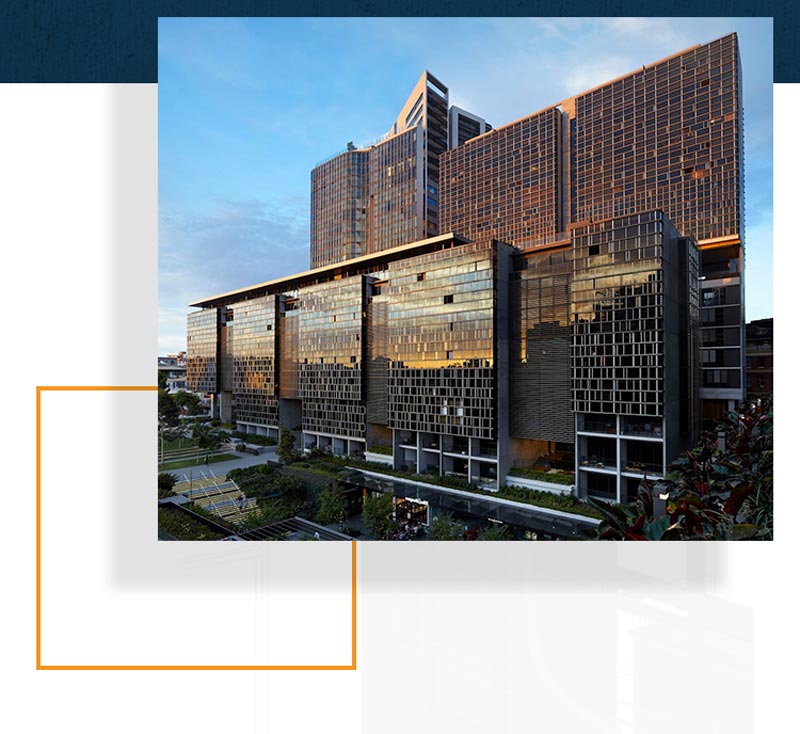What is AAC?
Autoclaved Aerated Concrete (AAC) is a versatile, strong lightweight building product.
The History of AAC
Autoclaved Aerated Concrete (AAC) technology was first developed in Scandinavia over 70 years ago and is now used widely all over the world. But what is its history and how did this revolutionary material later become known as 'Hebel'?
Lightweight and environmentally friendly, AAC was perfected in the mid-1920s by the Swedish architect and inventor Dr. Johan Axel Eriksson and soon gained rapid popularity in Europe due to its superior insulation properties and ease of installation.
But it wasn’t until decades later that its full potential was truly realised…
In 1945, German construction engineer Josef Hebel established a manufacturing process where prefabricated AAC panels were reinforced with steel – vastly improving the material’s strength and structural reliability.
The patented product, which he named ‘Hebel’, also accelerated the traditional time of construction. It became instrumental in the rapid rebuild of damaged German cities as a result of WWII. With this local success soon came global expansion, as Mr Hebel constructed factories in the Middle East, Asia and Greater Europe.
Hebel’s reputation has stood the test of time, and today we continue to lead the way in fast, economic and sustainable building solutions.

Find out how Hebel AAC is made
What can AAC be used for?
AAC is a very versatile building material.
Hebel have developed a number of products and systems for external cladding, internal walls, party walls, boundary walls, fences and floors for houses, apartments, commercial buildings and civil applications.

Reinforced AAC Standards (AS 5146:2015 Parts 1-3)
In 2015 Standards Australia approved and published a set of standards for reinforced AAC, known as AS 5146:2015 (Parts 1-3). These standards help guide the use of reinforced AAC in designs and construction within Australia.
AS 5146 (Parts1-3) were referenced in the Building Code of Australia in May 2016, making Reinforced AAC a ‘deemed to satisfy’ (DTS) building material. This means that if builders and installers construct a building using the details provided in AS 5146, (Part 3), it should make for easier certification of the building by the relevant building certification authority. All Hebel products and systems are compliant with AS 5146 (Parts 1-3).